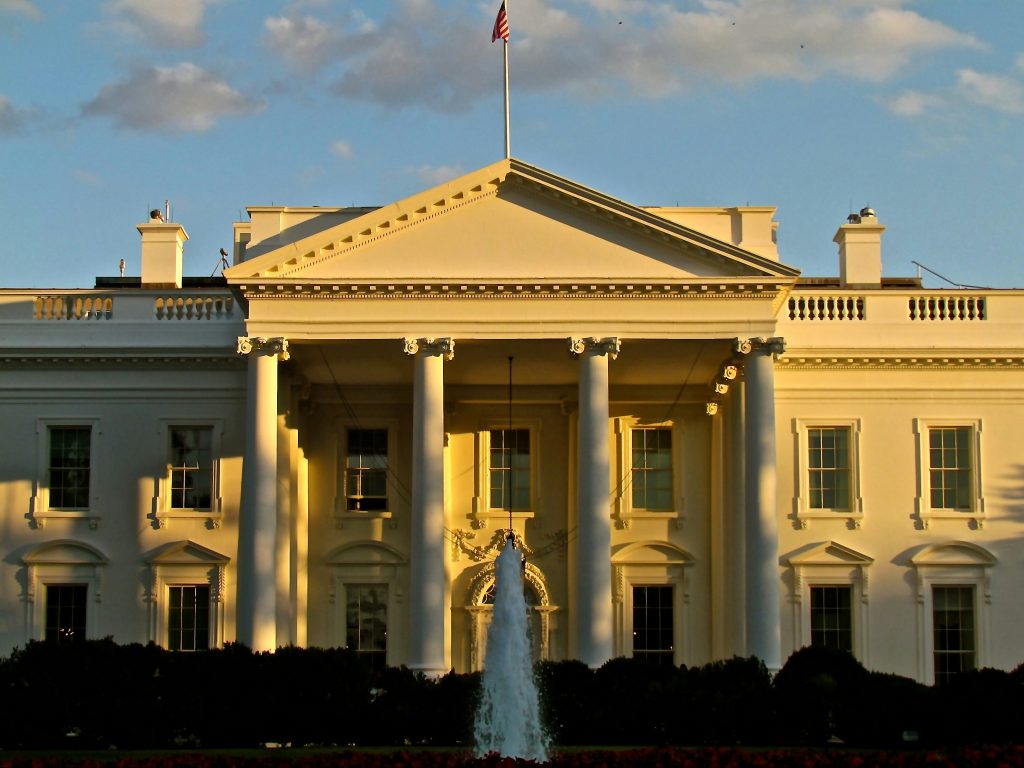Deadline Approaches: Biden’s Sweeping Executive Order on Regulation and Oversight of Digital Assets
Deadline Approaches: Biden’s Sweeping Executive Order on Regulation and Oversight of Digital Assets
By R. Arden Seavers*
Cryptocurrencies’ wild west era may be drawing to a close as governments are finally taking notice of digital assets’ many woes. On March 9, 2022, President Biden signed an Executive Order on “Ensuring Responsible Development of Digital Assets.”[1] The Executive Order tasked various agencies with submitting comprehensive reports to the president on the status of cryptocurrencies and digital assets within 180 days.[2] As that deadline quickly approaches against the backdrop of Bitcoin’s recent and still-smoldering crash,[3] the need for regulation and oversight seems to be illuminated.
While regulation and oversight of digital assets appear to have widespread support,[4] it is worth noting that the ethos of cryptocurrencies was and is to remain independent of established, national banking systems.[5] Investors have been forced to take the bitter with the sweet when investing in cryptocurrency—whatever benefit a person may receive from gaining assets that are untethered to any particular bank, boardroom, or state could be quickly dashed by the fickle market.[6] Or you could end up hilariously rich.[7] Regardless of cryptocurrency’s defiant origins, it has now become too big to thwart government oversight. The Biden Administration has set out to address the myriad of issues presented by the likes of Bitcoin, Ethereum, and Dogecoin, including consumer protection and the potential for a U.S. Central Bank Digital Currency.[8]
Consumer protection in the crypto market, or lack thereof, is one of the central issues the Executive Order calls attention to.[9] The development of digital assets and cryptocurrency has raced forward, relegating agencies and financial institutions to play the role of the tortoise and leaving consumers with virtually no protection.[10] Current laws and regulations pertaining to cryptocurrency are sparse and inconsistent. Several states have adopted crypto laws while federal agencies claw out of the analog age and reckon with the digital era.[11] While there are certain issues and public policy matters that must be left to the states, it would be unwise to count regulation of cryptocurrency among them. Digital assets are personas non grata and any regulatory scheme to establish consumer protections would better serve investors if established and administered at the federal level. The Executive Order’s directive that various federal agencies formulate a plan for implementing robust consumer protections could unify the nation’s approach to digital assets if carried out in an efficient manner that does not stifle the innovative and beneficial characteristics of cryptocurrency.
Exploration of a U.S. Central Bank Digital Currency (CBDC) requires federal agencies to consider the technological infrastructure necessary for a CBDC in order to further the administration’s goal of promoting and ensuring U.S. leadership in global finance and technology.[12] The U.S. dollar currently dominates the global financial market, but the growth of cryptocurrencies has prompted other major players in the financial sphere to adapt to new technologies.[13] Treasury officials have contemplated development of a U.S. stablecoin[14] and the Federal Reserve conducted a multi-year research initiative in conjunction with MIT to explore the development and implementation of a CBDC for the United States.[15] The Executive Order does not provide specifics on how a CBDC would actually be created or implemented, and doing so is easier said than done. Doing so would only be effective if the U.S could establish an efficient system for implementation while maintaining a leadership position in the global financial market.[16]
Biden’s Executive Order is merely a first step towards development of a comprehensive U.S. approach to digital assets. There is much work to be done to bring U.S. financial and consumer protection agencies into the crypto age. The reports issued after the 180-day deadline will be very telling of the U.S.’s trajectory within the crypto sphere. With the correct approach, the U.S. can make meaningful strides towards bringing cryptocurrency into the fold of the U.S. financial market, establishing a new American frontier in digital assets.
* J.D. Candidate, Class of 2023, Sandra Day O’Connor College of Law at Arizona State University.
[1] Exec. Order No. 14067, 87 Fed. Reg. 14,143 (Mar. 14, 2022).
[2] Id.
[3] David Yaffe-Bellany et al., Cryptocurrencies Melt Down in a ‘Perfect Storm’ of Fear and Panic, N.Y. Times (May 12, 2022), https://www.nytimes.com/2022/05/12/technology/crypto currencies-crash-bitcoin.html.
[4] Cheyenne Ligon, Biden’s Executive Order on Crypto Met With Relief From Key Industry Players, CoinDesk (Mar., 9, 2022), https://www.coindesk.com/policy/2022/03/09/bidens-executive-order-on-crypto-met-with-relief-from-key-industry-players/; Nikhilesh De, Biden’s Executive Order on Crypto Receives Bipartisan Praise, CoinDesk (Mar. 11, 2022), https://www.coindesk.com/policy/2022/03/11/bidens-executive-order-on-crypto-receives-bipartisan-praise/.
[5] Ephrat Livni & Eric Lipton, Crypto Banking and Decentralized Finance, Explained, N.Y. Times (Sept. 5, 2021), https://www.nytimes.com/2021/09/05/us/politics/cryptocurrency-explainer.html; Daniel Cawrey, Bitcoin: A Means for Global Independence, CoinDesk (July 4, 2014), https://www.coindesk.com/markets/2014/07/04/bitcoin-a-means-for-global-independence/.
[6] Yaffe-Bellany, supra note 3.
[7] Nellie Bowles, Everyone Is Getting Hilariously Rich and You’re Not, N.Y. Times (Jan. 13, 2018), https://www.nytimes.com/2018/01/13/style/bitcoin-millionaires.html.
[8] Exec. Order No. 14067.
[9] Id.
[10] Madison Darbyshire, What Protections Do Consumers Have in Crypto Trading?, Financial Times (June 30, 2021), https://www.ft.com/content/f0f5e12d-729a-4c74-89cb-2ad96b5828e2.
[11] Scott D. Hughes, Cryptocurrency Regulation and Enforcement in the U.S., 45 Wash. St. U. L. Rev. 1 (2017); Sheelah Kolhatkar, The Challenges of Regulating Cryptocurrency, The New Yorker (Oct. 6, 2021), https://www.newyorker.com/business/currency/the-challenges-of-regulating-cryptocurrency (stating that the SEC has at times provided guidance that some cryptocurrencies are not securities while simultaneously suing other another cryptocurrencies for making an unregistered initial coin offering).
[12] Exec. Order No. 14068. Press Release, Fact sheet: President Biden to Sign Executive Order on Ensuring Responsible Development of Digital Assets (Mar. 9, 2022), https://www.whitehouse.gov/briefing-room/statements-releases/2022/03/09/fact-sheet-president-biden-to-sign-executive-order-on-ensuring-responsible-innovation-in-digital-assets/.
[13] Michael Sung & Christopher A. Thomas, The Innovator’s Dilemma and U.S. Adoption of a Digital Dollar, Brookings (Mar. 24, 2022),https://www.brookings.edu/techstream/the-innovators-dilemma-and-u-s-adoption-of-a-digital-dollar/.
[14] Eric Lipton & Ephrat Livni, Regulators Racing Towards First Major Rules on Cryptocurrency, N.Y. Times (Sept. 23, 2021) https://www.nytimes.com/2021/09/23/us/politics /cryptocurrency-regulators-rules.html.
[15] Federal Reserve Bank of Boston & Massachusetts Institute for Technology Digital Currency Initiative, Project Hamilton Phase 1 A High Performance Payment Processing System Designed for Central Bank Digital Currencies (2022).
[16] Sung, supra note 13.
Related Posts

District Court Judge Issues Injunction Requiring Work Continue at CFPB

The Trump Administration’s Proposed Carried Interest Tax Reform
